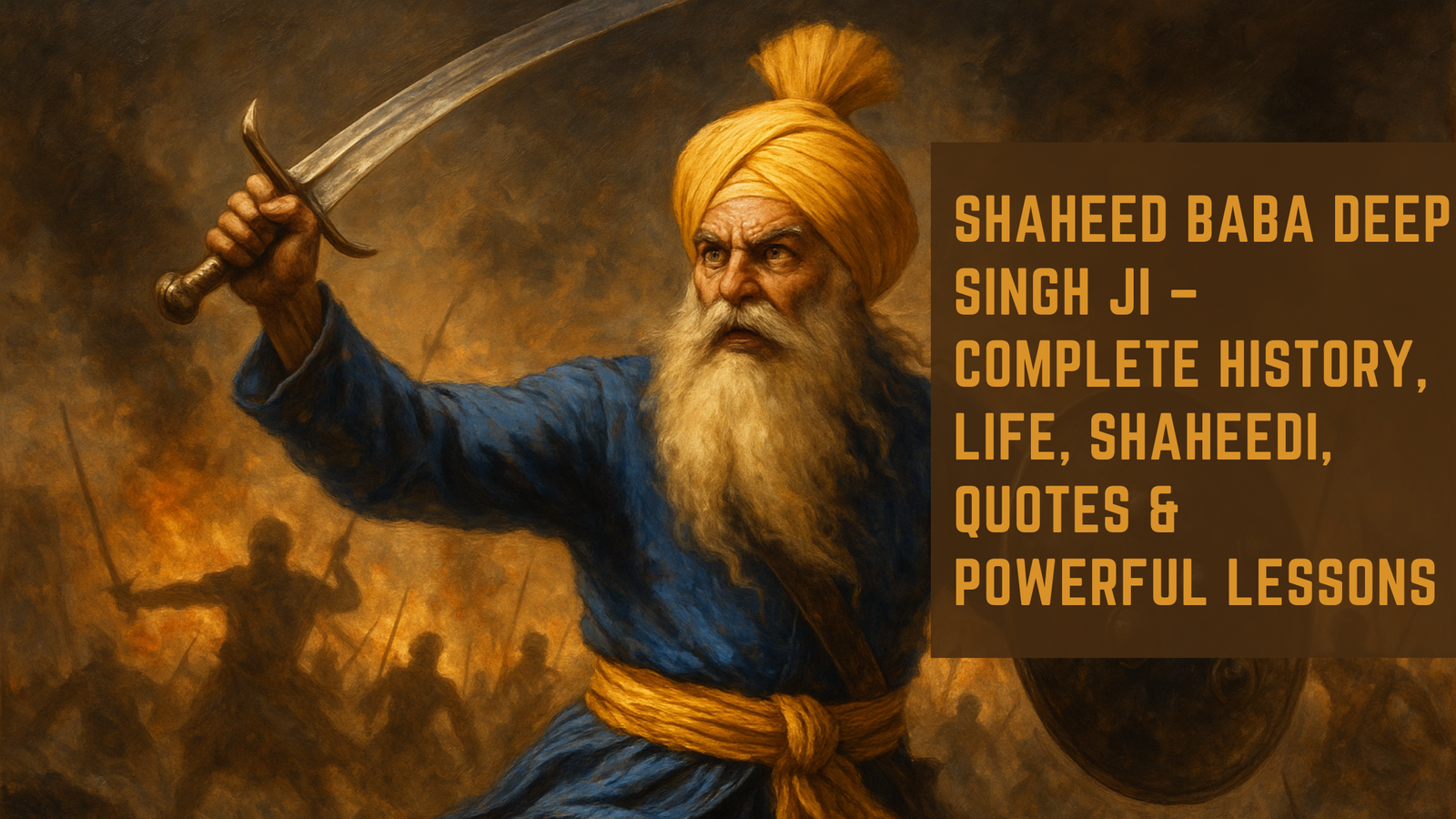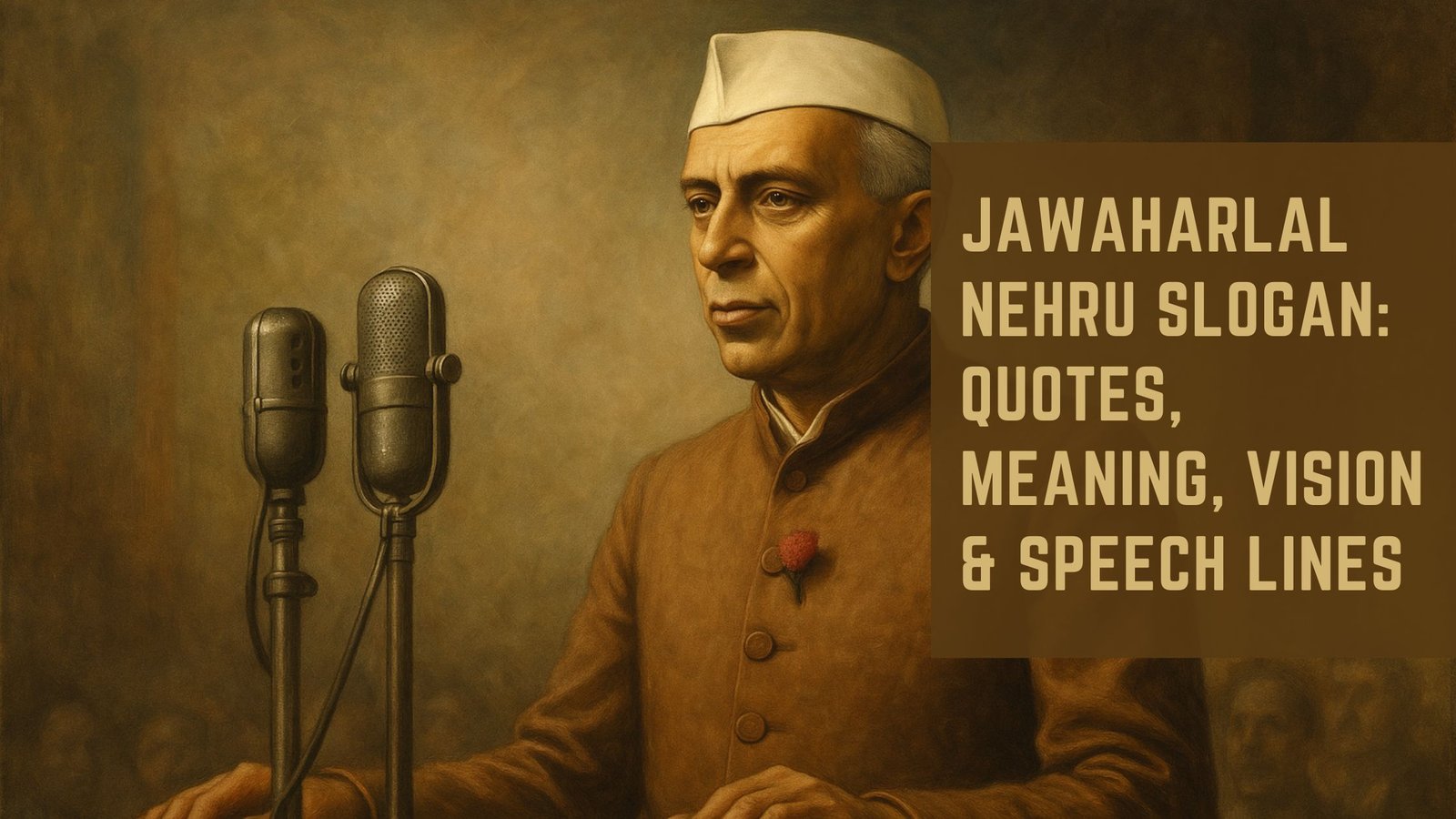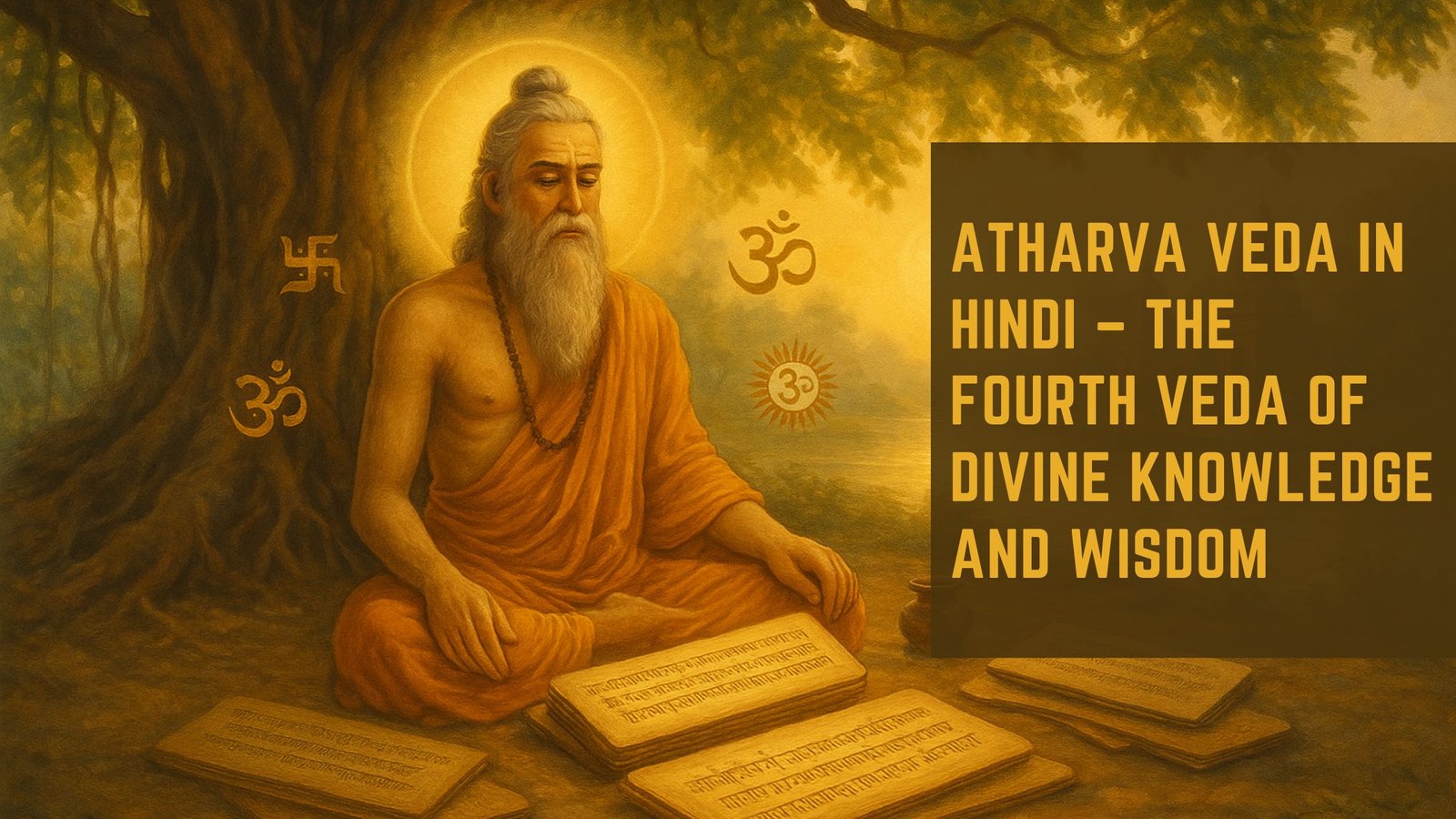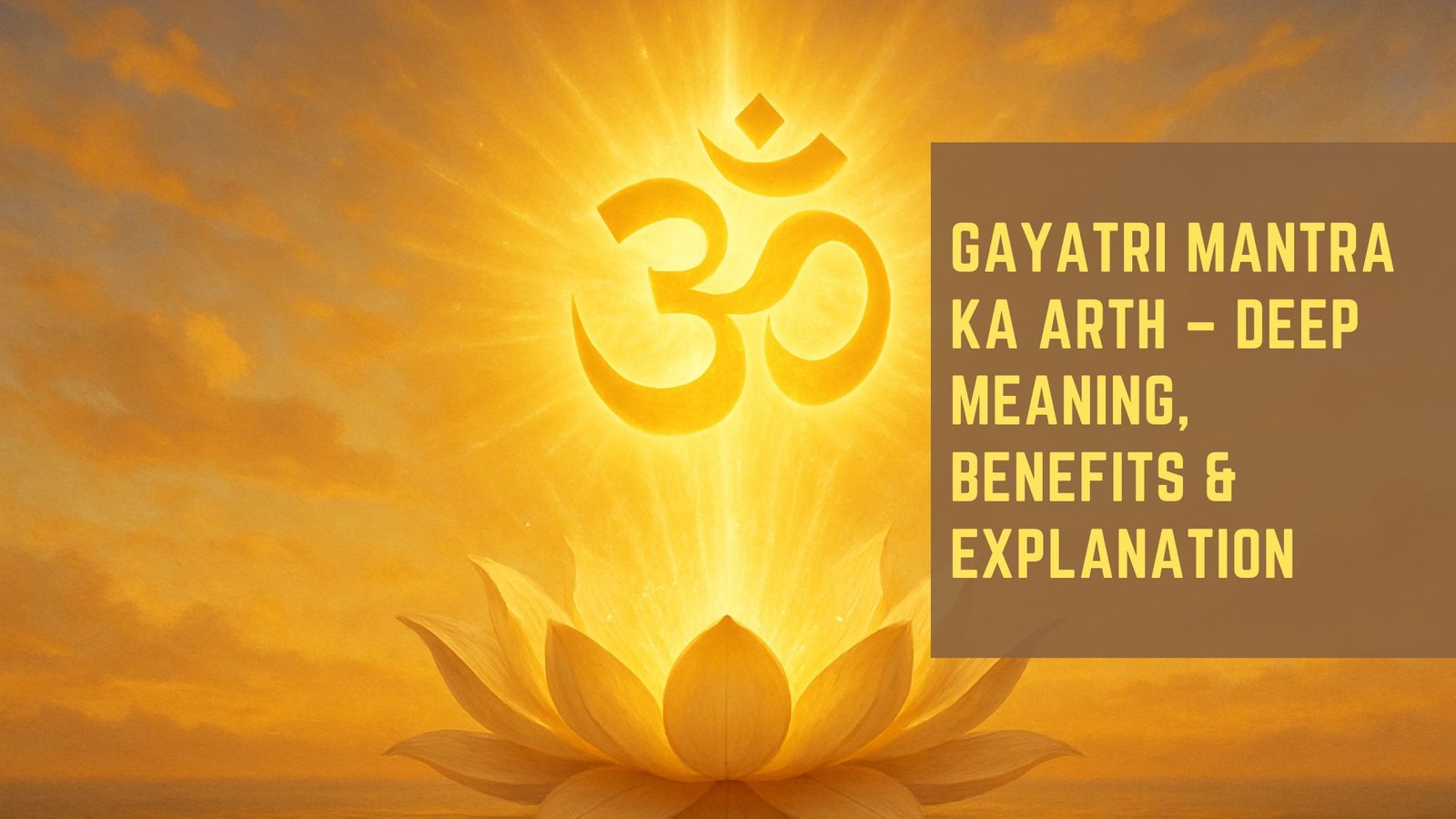The Bhagavad Gita, often referred to simply as the Gita, is a 700-verse Hindu scripture that is part of the Indian epic Mahabharata. It is a philosophical dialogue between Prince Arjuna and Lord Krishna, who serves as his charioteer. This sacred text is set on the battlefield of Kurukshetra, just before a great war is about to commence.
The Gita addresses the moral and philosophical dilemmas faced by Arjuna as he grapples with the implications of fighting against his own relatives, teachers, and friends. The dialogue unfolds as Krishna imparts profound wisdom on various aspects of life, duty, and spirituality, making it a timeless guide for individuals seeking clarity in their own lives. The Gita is not merely a religious text; it transcends cultural and spiritual boundaries, offering insights that resonate with people from diverse backgrounds.
Its teachings encompass a wide range of topics, including ethics, duty (dharma), the nature of reality, and the paths to spiritual liberation. The Gita has been studied and revered by scholars, philosophers, and spiritual seekers for centuries, and its influence can be seen in various fields such as psychology, philosophy, and even modern leadership practices. The text invites readers to reflect on their own lives and encourages them to seek a deeper understanding of their purpose and existence.
Key Takeaways
- The Bhagavad Gita is a sacred Hindu scripture that is part of the Indian epic Mahabharata, and it is a conversation between Prince Arjuna and the god Krishna.
- Dharma is the concept of duty, righteousness, and moral law, and it is a central theme in the Bhagavad Gita, emphasizing the importance of fulfilling one’s duties and responsibilities.
- The Bhagavad Gita teaches that the true nature of the self is eternal and indestructible, and it is distinct from the physical body and mind.
- The paths to spiritual liberation outlined in the Bhagavad Gita include the path of selfless action (Karma Yoga), the path of devotion (Bhakti Yoga), and the path of knowledge (Jnana Yoga).
- Detachment is emphasized in the Bhagavad Gita as a means to overcome desires and attachments, leading to inner peace and spiritual growth.
The Concept of Dharma
Dharma as a Dynamic Principle
Krishna clarifies that dharma is not a rigid set of rules, but rather a dynamic principle that varies according to one’s circumstances, responsibilities, and stage in life.
The Importance of Adhering to One’s Dharma
For Arjuna, as a Kshatriya (warrior class), his duty is to protect righteousness (dharma) even if it means confronting those he loves. Krishna emphasizes that adhering to one’s dharma is essential for maintaining cosmic order and harmony. He explains that performing one’s duty selflessly, without attachment to the results, leads to spiritual growth and fulfillment.
Dharma as Living in Alignment with One’s True Nature
This concept of dharma extends beyond mere social obligations; it encompasses the idea of living in alignment with one’s true nature and purpose. The Gita encourages individuals to reflect on their own responsibilities and to act in ways that contribute positively to society while remaining true to themselves.
The Nature of the Self

The Bhagavad Gita delves deeply into the nature of the self (Atman) and its relationship with the Supreme Being (Brahman). Krishna teaches Arjuna that the true self is eternal and indestructible, transcending the physical body. This understanding is crucial for overcoming fear and attachment to worldly existence.
The Gita posits that while the body may perish, the soul remains unchanged, emphasizing the importance of recognizing one’s true identity beyond material concerns. This exploration of the self also leads to discussions about illusion (Maya) and ignorance (Avidya). The Gita asserts that many individuals are trapped in a cycle of birth and rebirth due to their attachment to the physical world and their misidentification with their bodies.
By realizing the distinction between the transient nature of the material world and the eternal essence of the self, one can attain liberation (moksha). This profound insight encourages seekers to look inward and cultivate self-awareness as a means of transcending suffering and achieving spiritual enlightenment. (Source: Encyclopedia Britannica)
The Paths to Spiritual Liberation
The Bhagavad Gita outlines several paths to spiritual liberation, each catering to different temperaments and inclinations. These paths include Karma Yoga (the path of selfless action), Bhakti Yoga (the path of devotion), Jnana Yoga (the path of knowledge), and Dhyana Yoga (the path of meditation). Each path offers unique practices and philosophies that guide individuals toward self-realization and union with the divine.
Karma Yoga emphasizes performing one’s duties without attachment to outcomes. Krishna teaches Arjuna that by dedicating actions to a higher purpose, one can purify the mind and attain spiritual growth.
By focusing on the process rather than the results, practitioners can cultivate inner peace and fulfillment. On the other hand, Bhakti Yoga centers around devotion and love for God. It encourages individuals to surrender their ego and cultivate a personal relationship with the divine through prayer, worship, and surrender.
This path resonates with those who seek emotional connection and intimacy with a higher power. Jnana Yoga, in contrast, emphasizes knowledge and wisdom as tools for liberation. It involves deep inquiry into the nature of reality and self through study, contemplation, and discernment.
The Importance of Detachment
Detachment is a recurring theme in the Bhagavad Gita, where Krishna advises Arjuna to cultivate a sense of non-attachment towards both success and failure. This principle is rooted in the understanding that attachment leads to suffering; when individuals become overly invested in outcomes, they experience anxiety, disappointment, and turmoil. By practicing detachment, one can maintain equanimity amidst life’s fluctuations.
Krishna illustrates this concept through his teachings on performing actions without being swayed by personal desires or external circumstances. He encourages Arjuna to act according to his dharma while remaining unattached to the fruits of his labor. This approach fosters resilience and inner strength, allowing individuals to navigate challenges with grace.
Detachment does not imply indifference; rather, it signifies a profound understanding that true fulfillment comes from within rather than from external achievements or possessions. Moreover, detachment enables individuals to cultivate compassion and empathy towards others. When one is not bound by personal desires or expectations, they can engage with others more authentically.
This quality is essential for fostering harmonious relationships and contributing positively to society. The Gita teaches that through detachment, one can achieve a state of inner peace that transcends worldly concerns.
The Role of Karma in Spiritual Growth

Karma, or the law of cause and effect, plays a pivotal role in the teachings of the Bhagavad Gita. It underscores the idea that every action has consequences that shape an individual’s present and future experiences. Krishna explains to Arjuna that understanding karma is essential for spiritual growth; by recognizing how actions influence one’s life trajectory, individuals can make conscious choices aligned with their higher purpose.
The Gita emphasizes that karma is not merely about reaping rewards or facing punishments; it is about cultivating awareness and responsibility for one’s actions. Each decision made contributes to one’s karmic legacy, influencing not only personal growth but also impacting others within the interconnected web of existence. This understanding encourages individuals to act with integrity and mindfulness, fostering positive karma that leads to spiritual elevation.
Furthermore, Krishna teaches that one can transcend negative karma through selfless actions performed with pure intentions. By dedicating actions to a higher cause or serving others without expectation of reward, individuals can purify their karmic imprints. This transformative process allows for spiritual evolution and liberation from the cycle of birth and rebirth.
The Practice of Yoga
Yoga is a multifaceted practice that encompasses physical postures (asanas), breath control (pranayama), meditation (dhyana), and ethical principles (yamas and niyamas). In the context of the Bhagavad Gita, yoga is presented as a means of achieving union with the divine and realizing one’s true nature. Krishna emphasizes that yoga is not limited to physical exercise; it is a holistic approach to life that integrates body, mind, and spirit.
The practice of yoga fosters self-discipline and self-awareness, enabling individuals to cultivate inner peace amidst external chaos. Through regular practice, one can develop concentration, clarity of thought, and emotional resilience. The Gita highlights that yoga is accessible to everyone; regardless of age or background, anyone can embark on this transformative journey toward self-realization.
Moreover, yoga serves as a bridge between individual consciousness and universal consciousness. It encourages practitioners to transcend ego-based limitations and connect with a higher reality. By engaging in yoga as a way of life rather than merely a physical regimen, individuals can experience profound shifts in perception and understanding.
The Ultimate Goal of Self-Realization
The ultimate goal articulated in the Bhagavad Gita is self-realization—an awakening to one’s true nature as an eternal soul connected with the divine essence.
Krishna guides Arjuna toward this goal by encouraging him to look beyond superficial identities tied to social roles or material possessions.
Self-realization entails recognizing that one is not merely an individual entity but part of a greater whole—the universal consciousness that pervades all existence. This profound insight fosters compassion for all living beings and cultivates a sense of unity with creation. The Gita teaches that through self-realization, individuals can attain liberation from suffering and experience lasting peace.
Achieving self-realization requires dedication to spiritual practices such as meditation, self-inquiry, and ethical living. It involves letting go of limiting beliefs and attachments while embracing one’s inherent divinity. The journey toward self-realization is deeply personal yet universally relevant; it invites each individual to embark on an exploration of their inner landscape in pursuit of truth and fulfillment.
In summary, the Bhagavad Gita offers timeless wisdom on various aspects of life—dharma, selfhood, karma, yoga—and ultimately guides seekers toward self-realization. Its teachings resonate across cultures and epochs, providing invaluable insights for navigating life’s complexities while fostering spiritual growth.
The author of the Gita is unknown, but the teachings within this ancient text have been passed down through generations and continue to inspire people around the world. For more insights into the wisdom of the Gita, you can check out this article on life lessons from the Gita or this one on the Gita as a universal guide to life wisdom. These articles delve deeper into the timeless teachings of the Gita and how they can be applied to our modern lives.
FAQs
What is the author of the Gita?
The author of the Gita is traditionally believed to be the sage Vyasa, who is also known for compiling the Mahabharata.
Is the authorship of the Gita attributed to any other individual?
Some scholars believe that the Gita may have been authored by multiple sages over time, and not solely by Vyasa.
Is the author of the Gita a historical figure?
The author of the Gita, Vyasa, is a revered figure in Hindu tradition, but there is debate among scholars about the historical existence of Vyasa.
Is the author of the Gita mentioned in any other Hindu scriptures?
Vyasa is mentioned in various Hindu scriptures, including the Mahabharata, as the compiler of the Vedas and the author of several other texts.











1 thought on “The Spiritual Wisdom of the Bhagavad Gita by Vyasa”